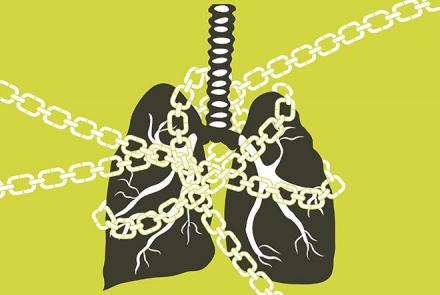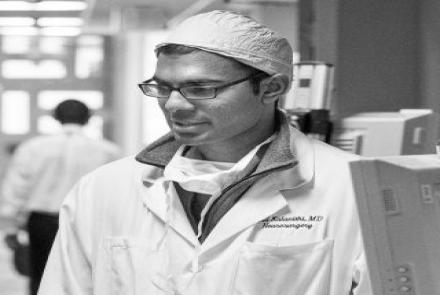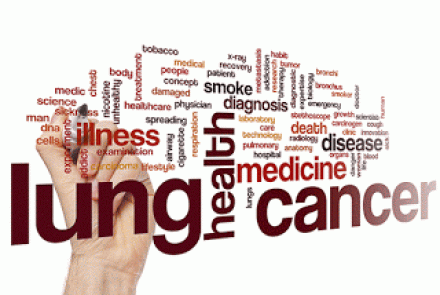Lung cancer or carcinoma of the lung is uncontrolled cell growth in tissues of the lung, usually in the cells lining the air passages. It is the leading cause of death due to cancer worldwide.
Lung cancer is strongly related to cigarette smoking. 90% of lung cancer is caused by smoking though non-smokers can also have lung cancer.

Can lung cancer be prevented?
You can lower your risk by doing the following:
- Stop smoking
- Avoid second-hand smoke
- Avoid carcinogens at work
- Work with other people to keep your environment pollution-free
- Eat low-fat, high-fibre diet and do regular exercise
- Screening
Screening:
Screening is recommended for high risk individuals which includes:
- Those between the ages of 55-79
- Smoked for 30 or more years
- Person who has quit smoking within the past 15 years
Screening test includes:
Annual Low dose computed tomography (CT Scan) of the lungs
You can read more on CT screening here on the CDC site
Changed
18/Aug/2025
Community
Condition

















